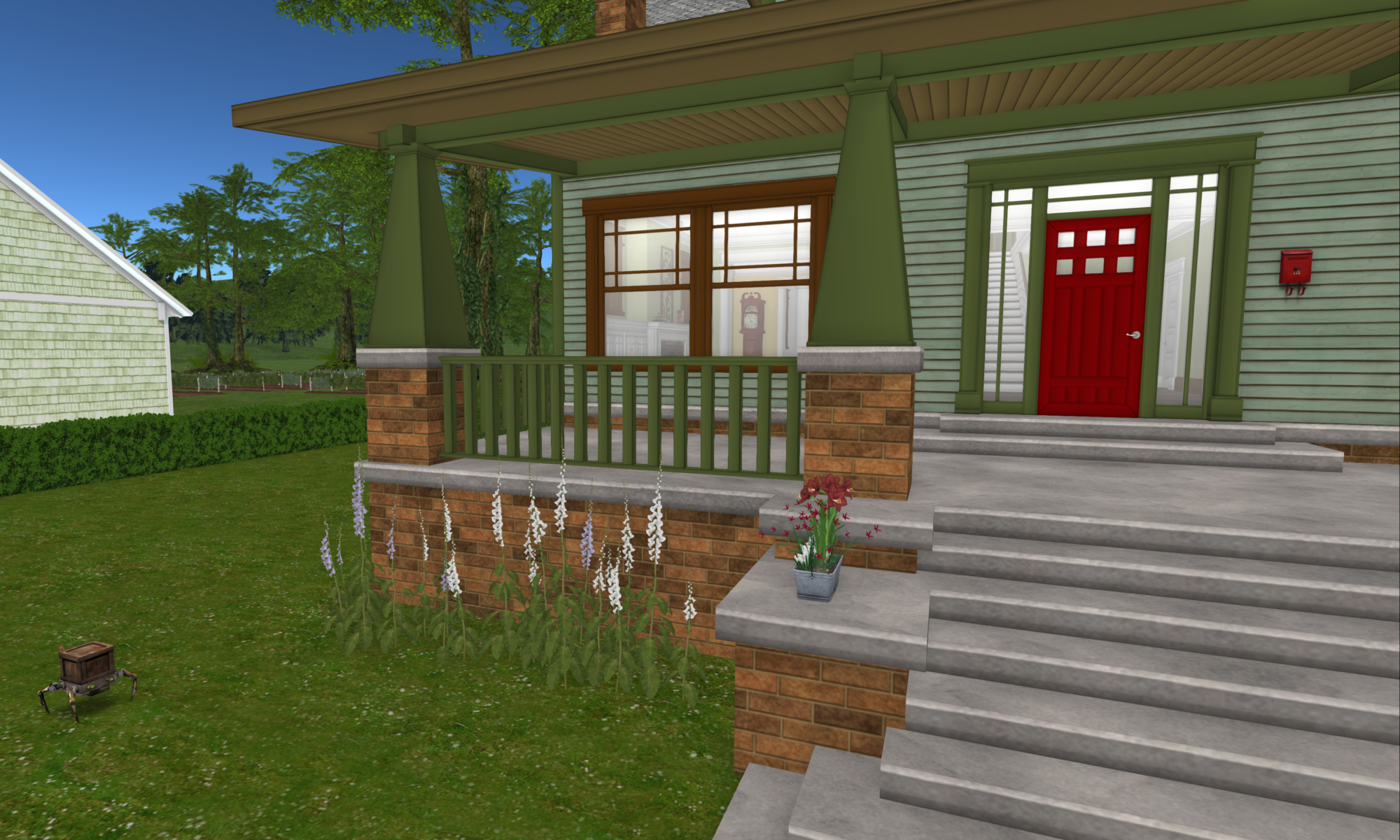I’m eager to see the amazing builds in The Garden of NPIRL Delights | Rezzable. But I found a curious omission on the website describing the project. There is a page devoted to intellectual property rights, with specific suggestions for how to treat screen shots/photographs taken in the Garden of NPIRL Delights—but the website does not credit a source for the image of Hieronymus Bosch’s Garden of Earthly Delights used on the website, the original of which is in Museo Nacional del Prado in Madrid.
I’ve never understood the arcana of how an owner can control images of a piece of art that is itself in the public domain—and then there’s the twist that in the US, as I understand it, a faithful reproduction of a piece of two-dimensional art does not itself possess the element of originality necessary for copyright, but in the UK it does.
